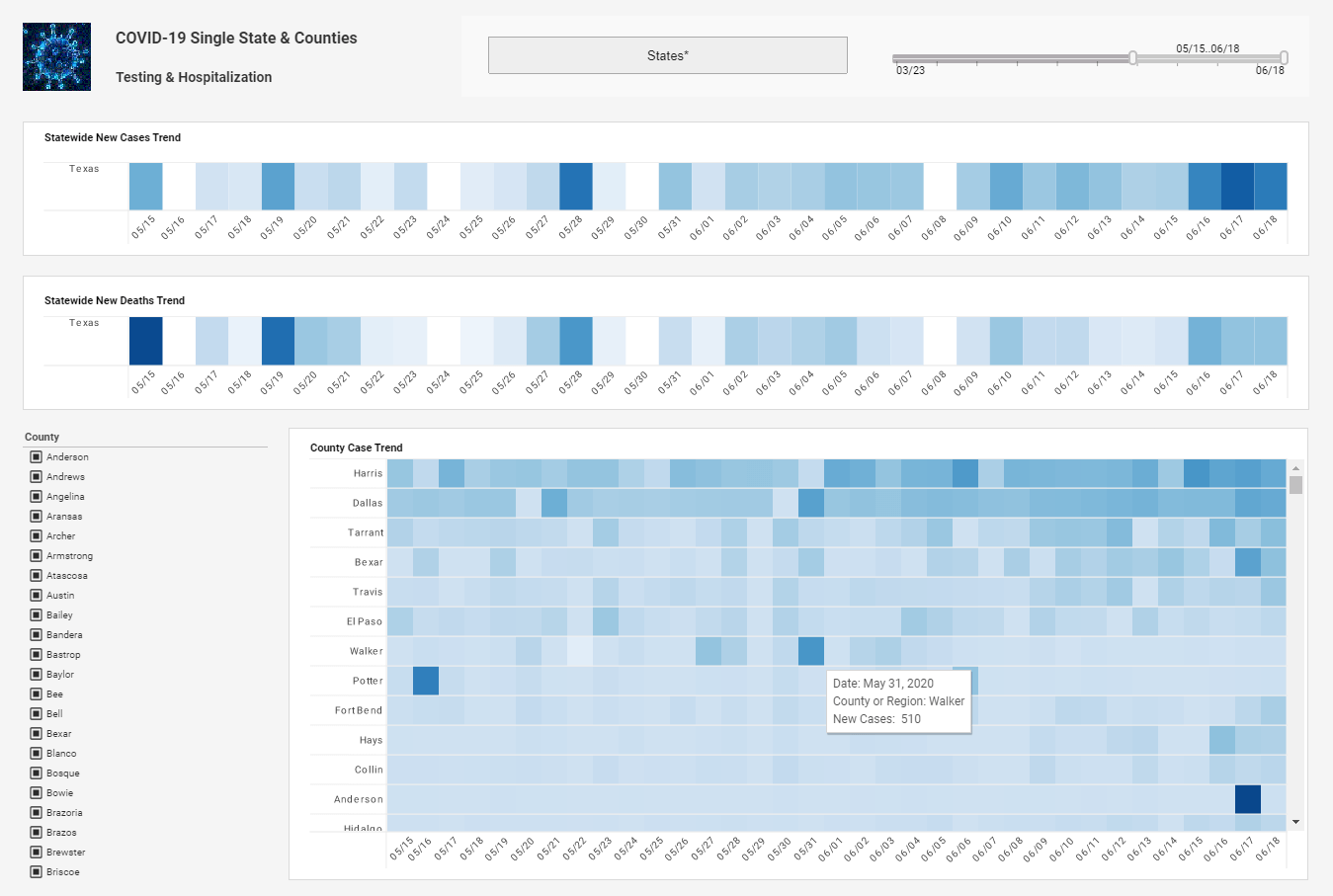Designing a Dashboard without BI Expertise
Below is the continuation of the transcript of a Webinar hosted by InetSoft on the topic of New Features in Version 11 of InetSoft's StyleBI BI Software. The presenters are Mark Flaherty, CMO at InetSoft, and Jessie Reich, Product Manager at InetSoft.
Mark Flaherty (MF): And so if we move on to next slide, it gives you the idea of how we have looked at those traditional BI challenges and how we turn them around into product development of the features and the benefits that you can get from our BI software. We have aimed for our software to be as easy as possible to both deploy and install and get set up.
You can expect implementation times that are more measured in weeks, it can be as low as two weeks, if you are focused on getting the software up and running. You can have a very usable interactive dashboard built in that kind of timeframe as well.
Our software is easy for end-users, whether they be the analysts, who might be specialized in information access, but even typical business users find the software easy to use, especially if you give them a pre-built dashboard, they can then personalize and customize and explore the data a lot. Even those business users who have Excel level skills can build their own dashboard or report from scratch as you will see in a few minutes.
| #1 Ranking: Read how InetSoft was rated #1 for user adoption in G2's user survey-based index | Read More |
You Don't Need To Be a BI Expert
You don’t need to be a BI expert or even have SQL experience to be administering or deploying our software. It’s a Web based solution, so it’s just a server installation needing a browser on the client device. In this zero-client environment, you can easily have the BI software accessed by all kinds of users whether they be clients or employees.
In terms of agility, agile BI is something that you probably have heard talked about by analysts and media nowadays. This is something that we have been talking about for several years now. There’s a set of advantages that our software can provide in terms of agility, not just self-service, but being able to react to user needs. Users can actually do a lot of things on their own, and that's a major advantage.
A key feature of our software, and it’s key for the agile BI concept, is our data mashup capability. This means not only being able to access and mashup different data sources on the backend, but it even means that end-users can basically do data mashups, even if they do not realize it. They can bring together different fields from different data sources. They can even bring in a spreadsheet from an external vendor, so then they can mash it up with their official BI data, and then share whatever they built back in the organization via the InetSoft BI application.
Empowering end-users to perform their own data mashups when creating dashboards offers several significant benefits to organizations. Firstly, it enhances agility and responsiveness by reducing dependency on IT or data analysts for data preparation and integration tasks. When end-users have the ability to combine and analyze data from multiple sources on their own, they can quickly explore new data sources, experiment with different combinations, and derive insights in real-time. This agility enables organizations to adapt to changing business requirements and make data-driven decisions more rapidly, without being constrained by traditional data silos or bottlenecks.
Furthermore, enabling end-users to perform data mashups promotes greater ownership and accountability for data-driven decision-making throughout the organization. When end-users are actively involved in the process of sourcing, integrating, and analyzing data, they develop a deeper understanding of the data and its implications for their business processes and objectives. This hands-on experience fosters a culture of data literacy and empowers end-users to ask better questions, uncover hidden insights, and drive continuous improvement in their decision-making processes. By democratizing data access and analysis capabilities, organizations can harness the collective intelligence of their workforce and unlock new opportunities for innovation and growth.
Moreover, allowing end-users to create their own data mashups promotes innovation and creativity in dashboard design and visualization. When end-users have the freedom to combine data from disparate sources and create custom visualizations tailored to their specific needs and preferences, they can uncover new patterns, trends, and correlations that may have been overlooked by traditional reporting approaches. This flexibility not only enhances the relevance and usability of dashboards but also encourages a culture of experimentation and exploration. By empowering end-users to be more self-sufficient in creating dashboards, organizations can unlock the full potential of their data assets and drive better business outcomes across the board.
| Previous: What is New in Our Business Intelligence Software |


